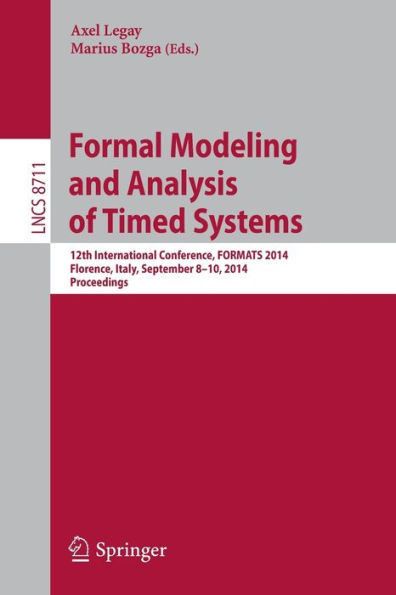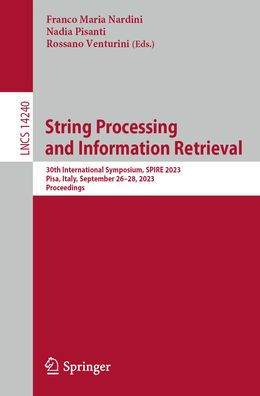Home
The Reticuloendothelial System and Atherosclerosis: Proceedings of an International Symposium on Atherosclerosis and the Reticuloendothelial System, Held in Como, Italy, September 8-10, 1966 / Edition 1
Barnes and Noble
Loading Inventory...
The Reticuloendothelial System and Atherosclerosis: Proceedings of an International Symposium on Atherosclerosis and the Reticuloendothelial System, Held in Como, Italy, September 8-10, 1966 / Edition 1 in Franklin, TN
Current price: $109.99

Barnes and Noble
The Reticuloendothelial System and Atherosclerosis: Proceedings of an International Symposium on Atherosclerosis and the Reticuloendothelial System, Held in Como, Italy, September 8-10, 1966 / Edition 1 in Franklin, TN
Current price: $109.99
Loading Inventory...
Size: OS
The circulatory system is usually considered to be composed of tubes of various diameters, characterized by collateral and terminal branches. There is also a tendency to treat blood vessels merely as conducting tubes in which the various structures of the wall act as mechanical pumps wlrich modify their diameter. This is, of course, not so. In fact, we know that blood vessels, and in particular arteries, are organs with personalities of their own and a particular susceptibility to several diseases. In addition, blood vessels differ in structure, according to their localization, and age at differing rates. The experimental work carried out so far clearly confirms the data that have come from spontaneous human pathology; experimentally induced arterial lesions have a definite tendency to appear in certain arteries and not in others, depending on the experimental procedures used, and in each specific artery the lesions appear to have a specific location. We now know that the arterial wall is a metabo licallyactive structure, in which a number of enzyme activities have been clearly demonstrated. It possesses a sensitive vasa vasorum apparatus and a specific reactivity to various lesion-inducing stimuli. We must also remember that the arterial wall is in continuous contact with the blood circulating through the endothelial cells lining the vascular bed. It is obvious, therefore, that any variation in the circulating blood mass can modify the morphology as well as the function of the vessel wall.
The circulatory system is usually considered to be composed of tubes of various diameters, characterized by collateral and terminal branches. There is also a tendency to treat blood vessels merely as conducting tubes in which the various structures of the wall act as mechanical pumps wlrich modify their diameter. This is, of course, not so. In fact, we know that blood vessels, and in particular arteries, are organs with personalities of their own and a particular susceptibility to several diseases. In addition, blood vessels differ in structure, according to their localization, and age at differing rates. The experimental work carried out so far clearly confirms the data that have come from spontaneous human pathology; experimentally induced arterial lesions have a definite tendency to appear in certain arteries and not in others, depending on the experimental procedures used, and in each specific artery the lesions appear to have a specific location. We now know that the arterial wall is a metabo licallyactive structure, in which a number of enzyme activities have been clearly demonstrated. It possesses a sensitive vasa vasorum apparatus and a specific reactivity to various lesion-inducing stimuli. We must also remember that the arterial wall is in continuous contact with the blood circulating through the endothelial cells lining the vascular bed. It is obvious, therefore, that any variation in the circulating blood mass can modify the morphology as well as the function of the vessel wall.



![Glycoconjugates 2V [2 volumes]: Proceedings of the 8th International Symposium, Houston, Texas, September 8-13, 1985](https://prodimage.images-bn.com/pimages/9780275902001_p0_v1_s600x595.gif)













